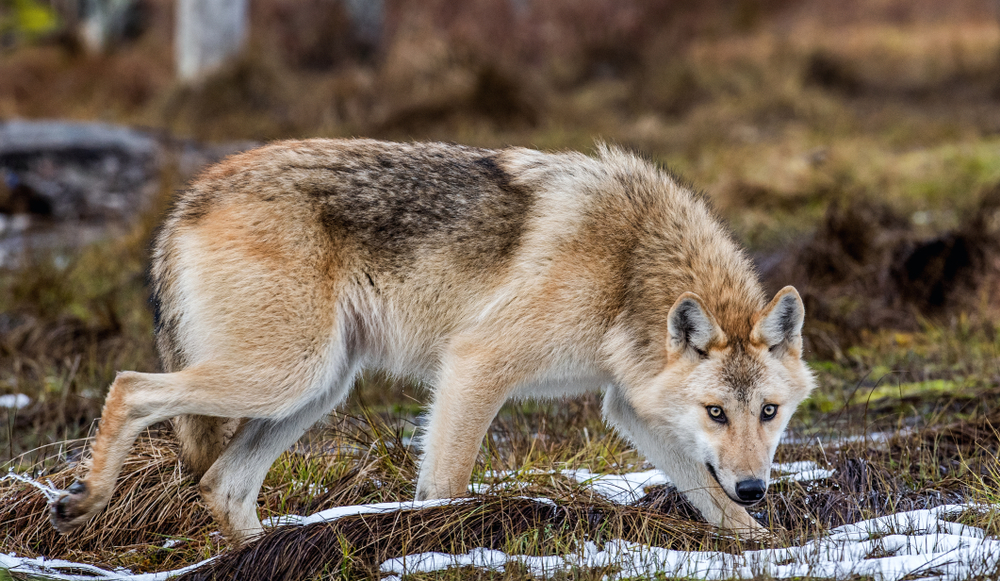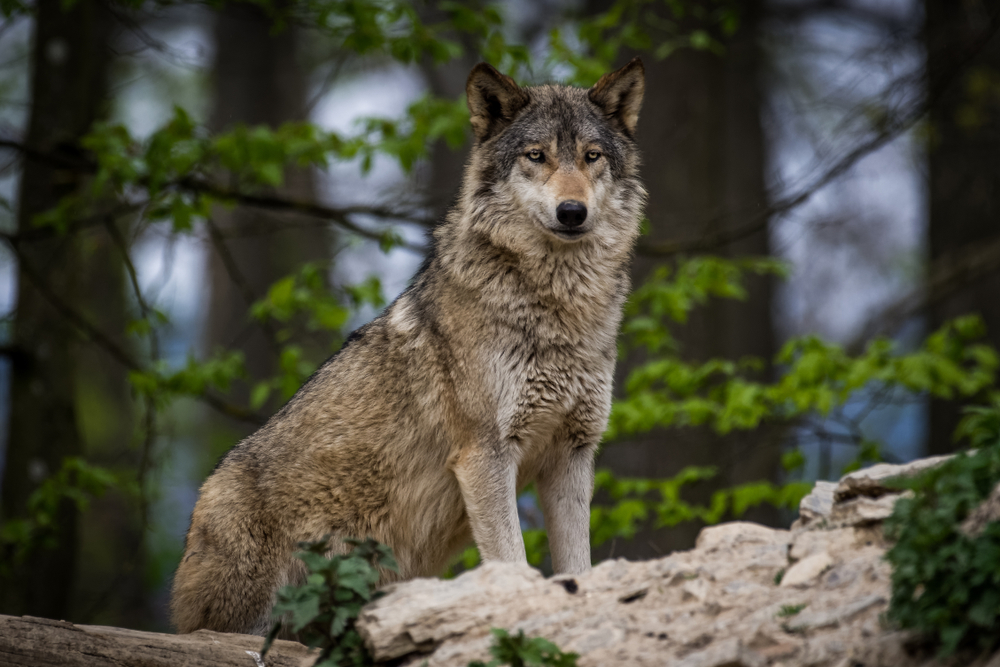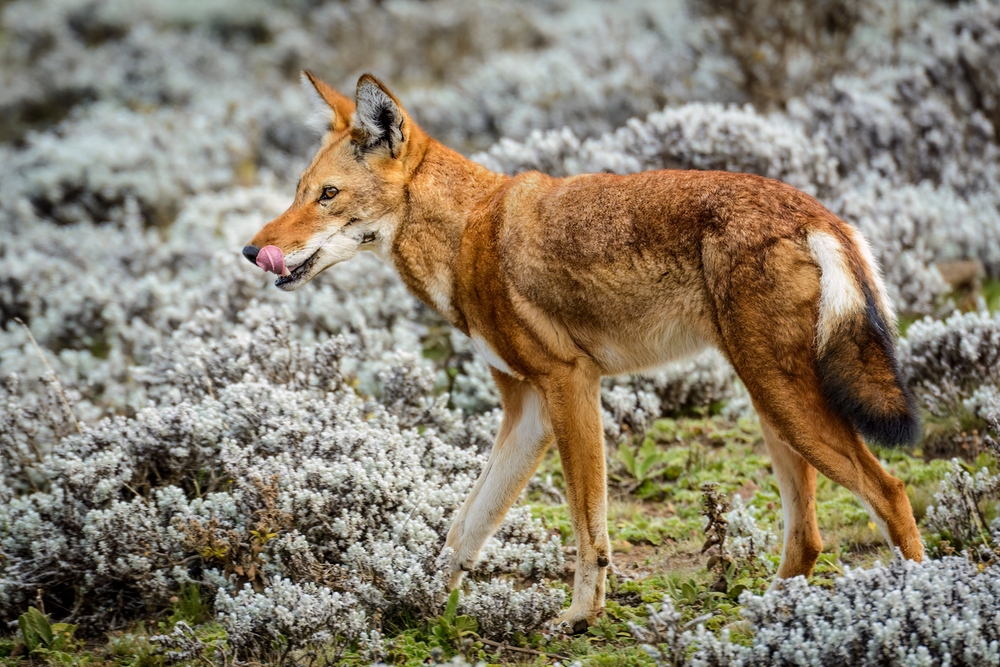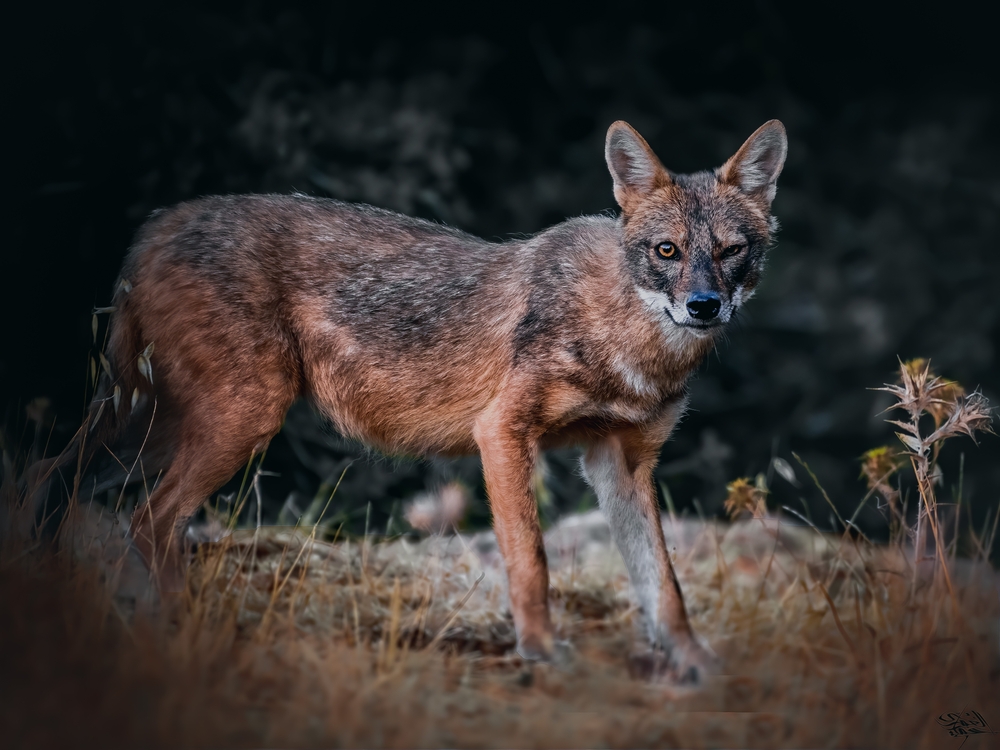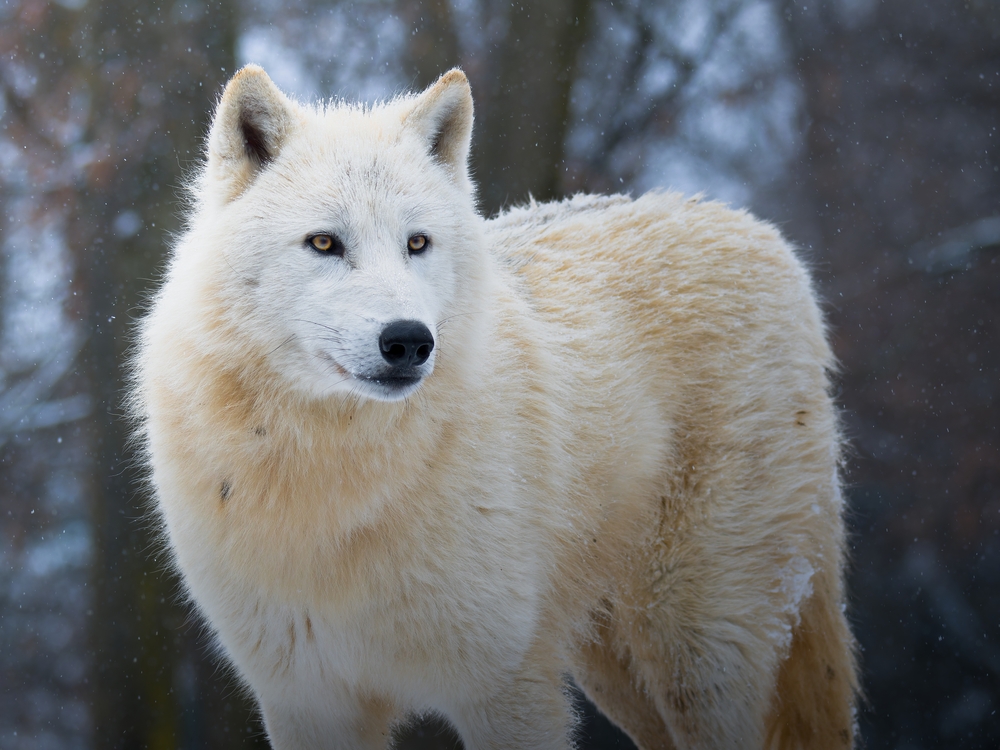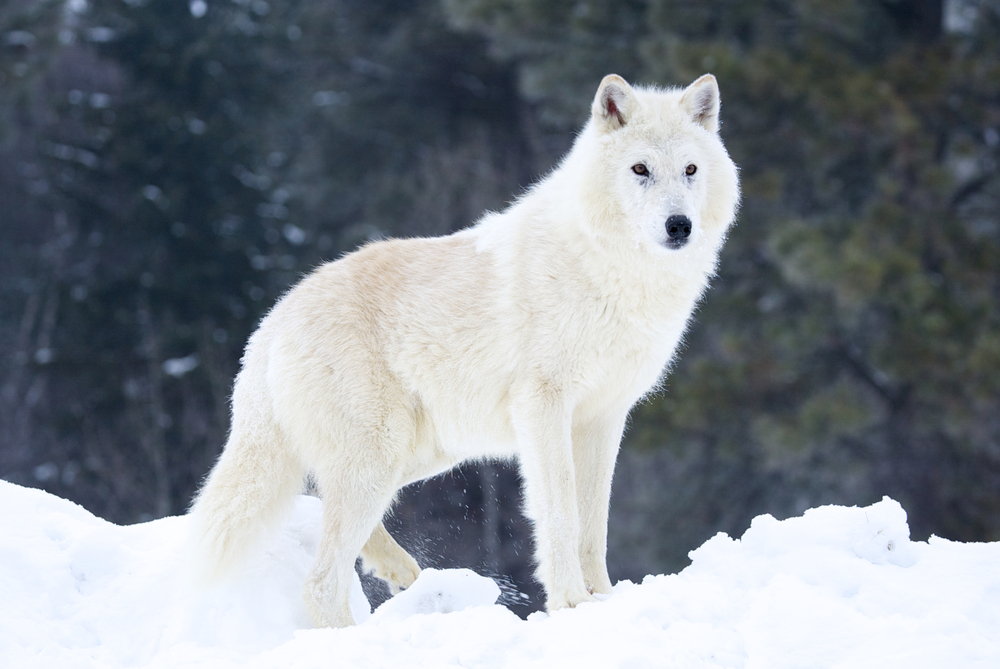About
#Mammals
The Eurasian wolf (Canis lupus lupus) is the largest subspecies of gray wolf found across Europe and Asia, ranging from Western Europe through Russia and into parts of China and Mongolia. A member of the Canidae family, the Eurasian wolf has played a central role in folklore, ecology, and human history for centuries. Once widespread across the continent, it faced sharp population declines due to habitat loss, hunting, and human conflict, but has made a steady recovery in parts of its range thanks to legal protections and conservation efforts.
Eurasian wolves are robust and muscular, with males weighing between 30–50 kilograms (66–110 pounds). Their coats vary by region and season, ranging from gray and brown to almost white in northern climates and darker shades in forested or mountainous areas. These wolves live in highly organized packs and rely on cooperation to hunt large prey such as deer, wild boar, and elk, though they may also consume smaller mammals and carrion.
They are territorial and highly intelligent, using scent marking, vocalizations, and complex social behaviors to maintain pack cohesion and defend their range. While once vilified as threats to livestock and people, today the Eurasian wolf is recognized as a keystone species that helps control ungulate populations and supports healthy ecosystems.
Although their conservation status varies by country, the Eurasian wolf is generally listed as Least Concern by the IUCN due to its wide distribution and growing populations in some regions. However, local threats such as poaching, habitat fragmentation, and political pressure still jeopardize stability in parts of its range.
Threatened:
Extinct
Critically Endangered
Endangered
Vulnerable
Near Threatened
Least Concern



































































